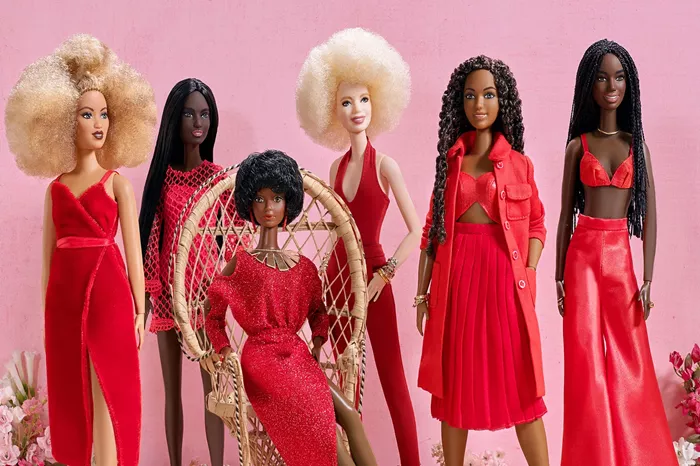The documentary “Black Barbie” by Lagueria Davis offers a compelling exploration of how dolls can shape a child’s concepts of beauty and self-worth.
Director Lagueria Davis initiates “Black Barbie” by sharing her motivation behind the project. A visit to her doll-collecting aunt, Beulah Mae Mitchell, who was among Mattel’s first Black employees, sparked her interest. Despite Davis’s own aversion to dolls, her aunt’s enthusiasm led her to uncover Beulah’s pioneering role at Mattel, starting with a toy testing job in 1955 and spanning over four decades. This tenure provided Beulah a unique vantage point on the inclusion and evolution of Black dolls in the mainstream toy market.
The documentary features interviews with a diverse array of fascinating women, including Kitty Black Perkins, hired by Mattel in 1976 as their first Black designer. While Mattel began producing Black dolls in the 1960s, these were merely ‘friends of Barbie.’ It was Perkins who designed Mattel’s first Black Barbie, a stylish fashionista in a bright red dress, introduced in 1980. Since then, Mattel has expanded its range to include diverse dolls representing various ethnicities, though the market remains dominated by the white, blonde Barbie. Many interviewees from the 1980s and 90s, much like myself, were unaware of the existence of Black dolls until much later.
What stands out in the “Black Barbie” documentary is Davis’s effort to present multiple perspectives on the nuanced issue of how dolls influence children’s worldviews. From renowned writer Shonda Rhimes to Olympic medalist Ibtihaj Muhammad, many successful women share their experiences with dolls and the impact these toys had on their self-image. “All the Barbies I had were white, and I felt like I needed to look like them,” one interviewee emotionally recalls. “That standard made me and other Black girls feel inadequate.” An educator’s interaction with children on their perception of different Barbies reveals that while kids may not overtly focus on the color of their toys, they subconsciously develop opinions about beauty standards. Including more of these candid children’s perspectives and references to recent studies on the impact of toys on minors could have added depth to the documentary.
The 1-hour and 40-minute film also touches on the history of Shindana Toys, a company dedicated to empowering Black individuals by producing ethnically representative dolls. Although Shindana eventually closed, its impact was significant in promoting Black dolls, paving the way for competitors to recognize the market potential of Afro-centric toys.
“Black Barbie” is filled with a multitude of Barbie dolls, especially the limited edition collectibles owned by Beulah Mae Mitchell and Kitty Black Perkins, providing ample visual appeal. The documentary focuses on Mattel’s efforts to enhance representation in the doll market and underscores the ongoing journey toward normalizing the presence of diverse dolls alongside the traditional white, blonde Barbie.
Overall, “Black Barbie” is a well-crafted documentary. Despite feeling a bit lengthy for its subject matter, it is enriched with engaging interviews and varied perspectives that make it a compelling watch from start to finish.
Related topics:
HOW OLD IS BARBIE FROM BARBIE DREAMHOUSE ADVENTURES?
WHERE IS THE BARBIE DREAMHOUSE EXPERIENCE?
TOP 10 BIGGEST BARBIE DREAM HOUSE

